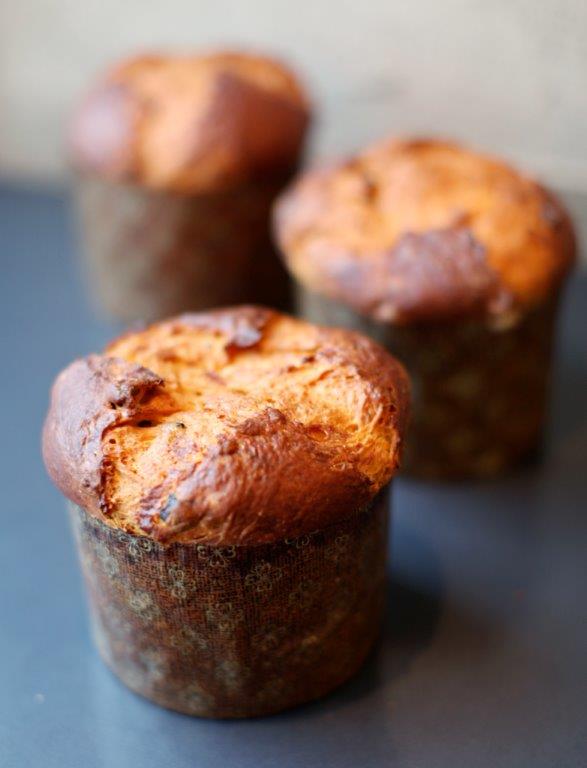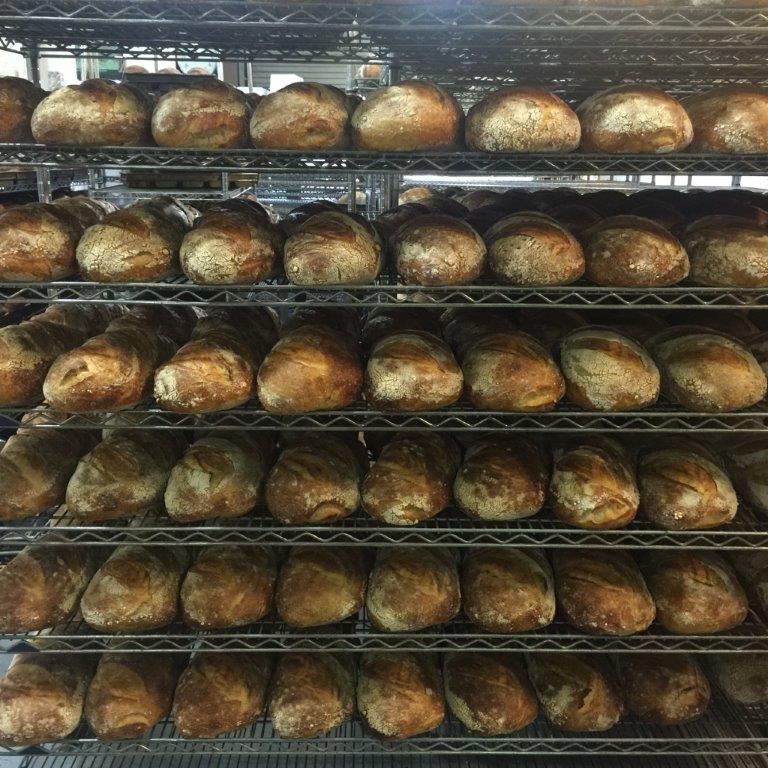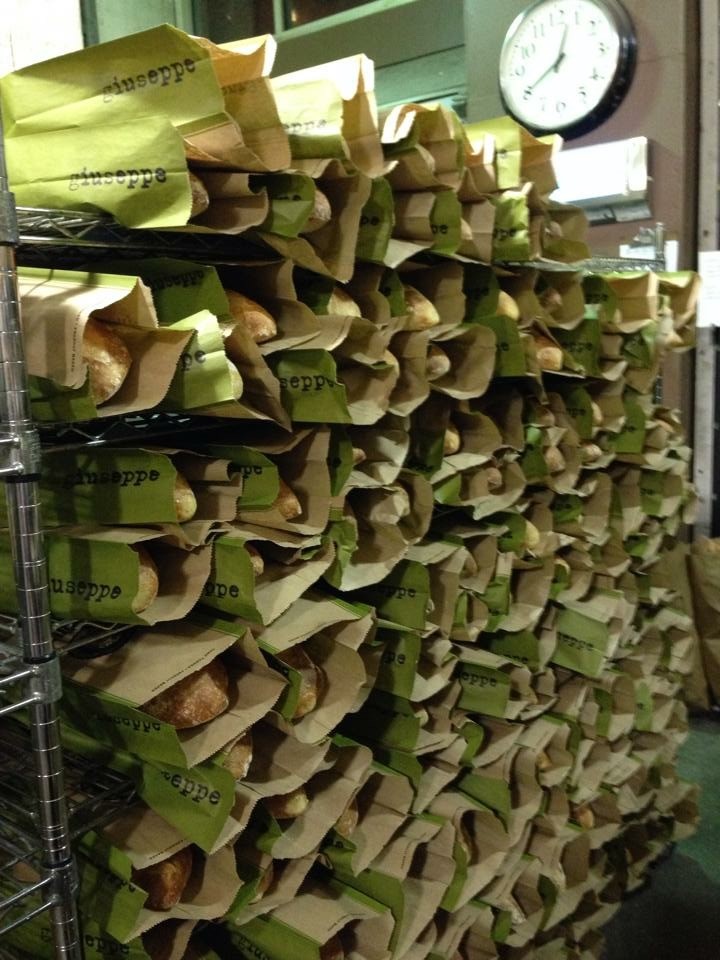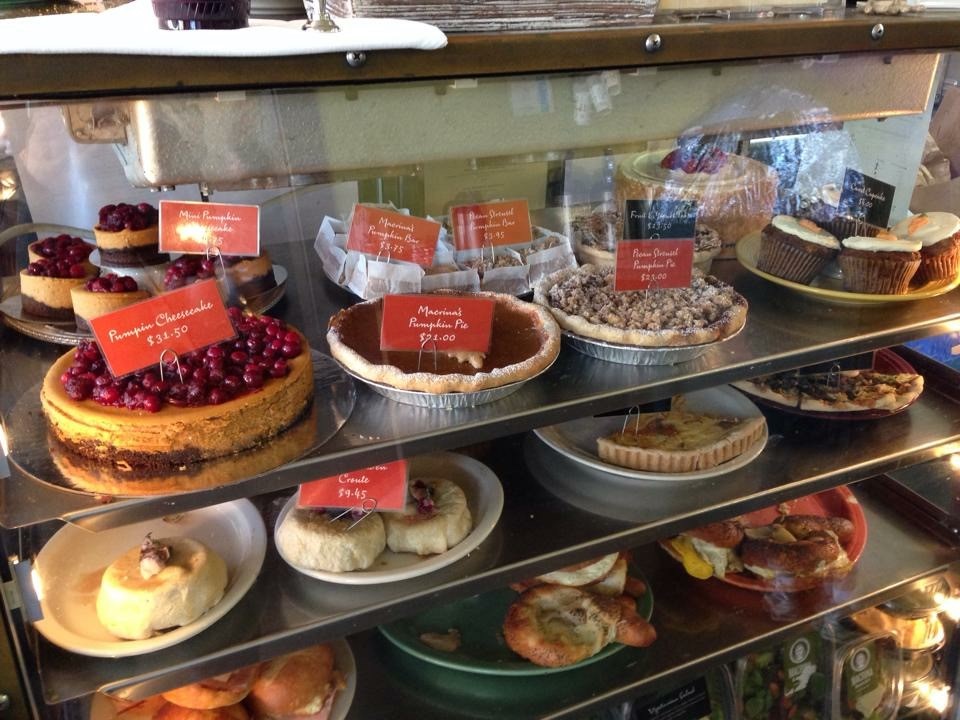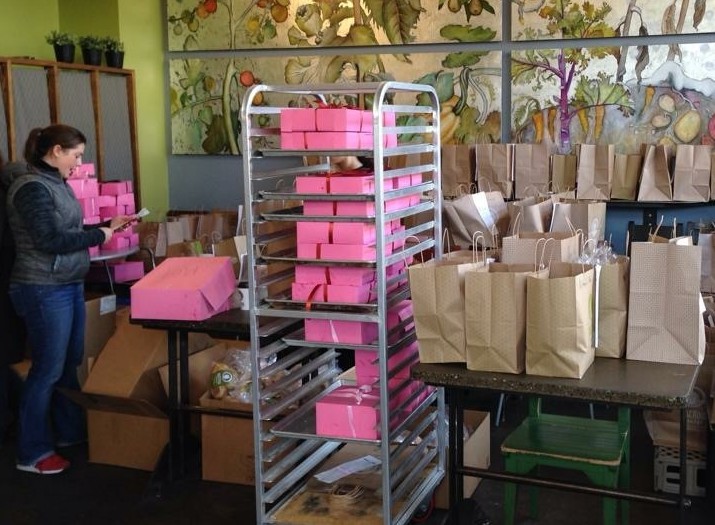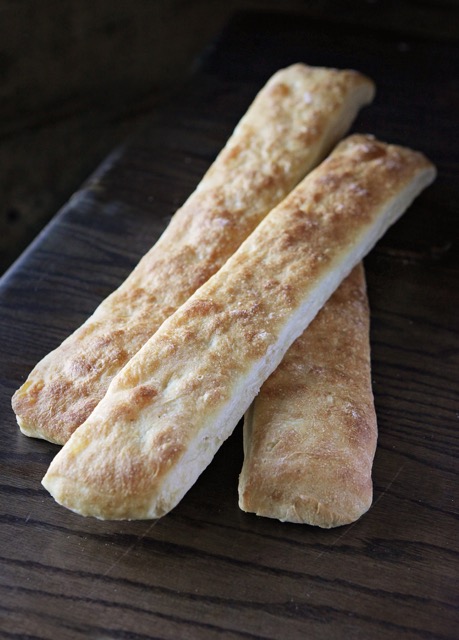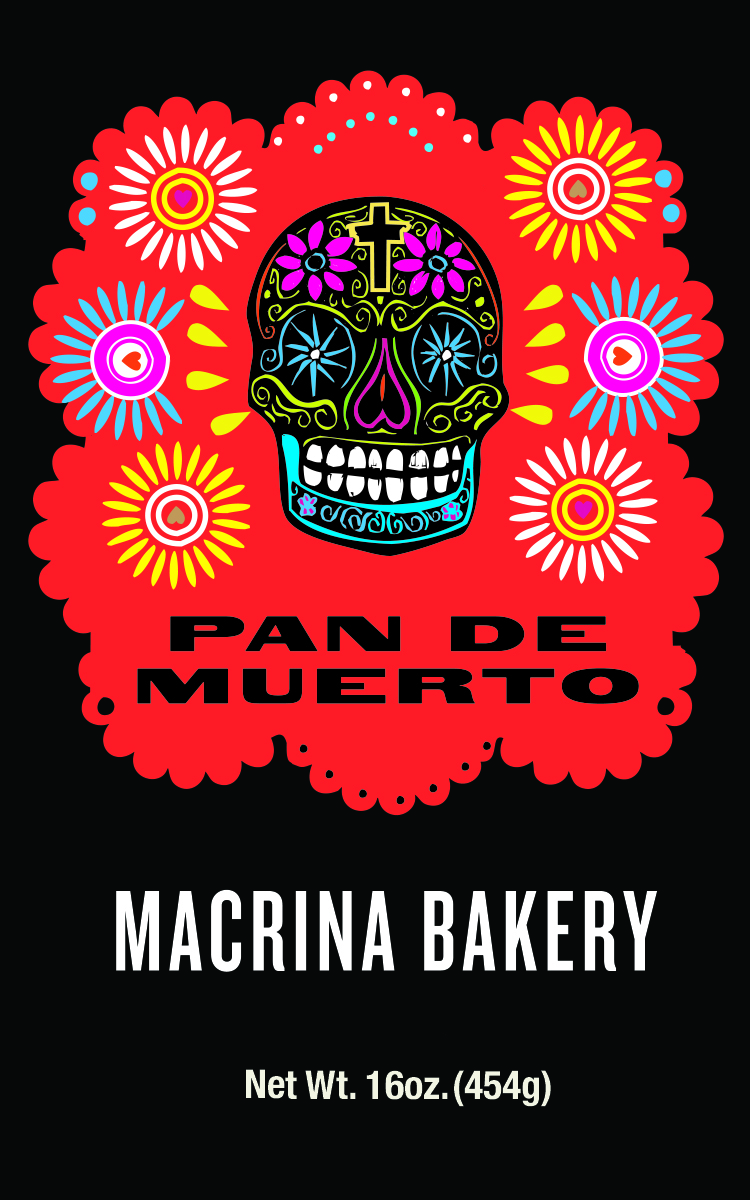
On my Vashon Island farm, I have plenty of space for my gardens and chickens. But the current trend in urban farming blurs the old line between city and country. Farming used to be something that took place outside of town. Nowadays, many Seattle homes have parking strip planter boxes overflowing with beans, zucchini, tomatoes, peppers, corn, and much more. Composting boxes overflow. Chickens cluck proudly in backyards, supermarket eggs are no match to their prize offerings. So it’s no surprise that urban bees should follow. That urban produce needs to be cross-pollinated somehow.
Corky Luster started Ballard Bee Company out of his Ballard garage. He’s the Steve Jobs of local honey, the godfather of the urban hive. Turns out it takes more than just plonking a couple of hives in your yard. You need to know how to manage the colony.
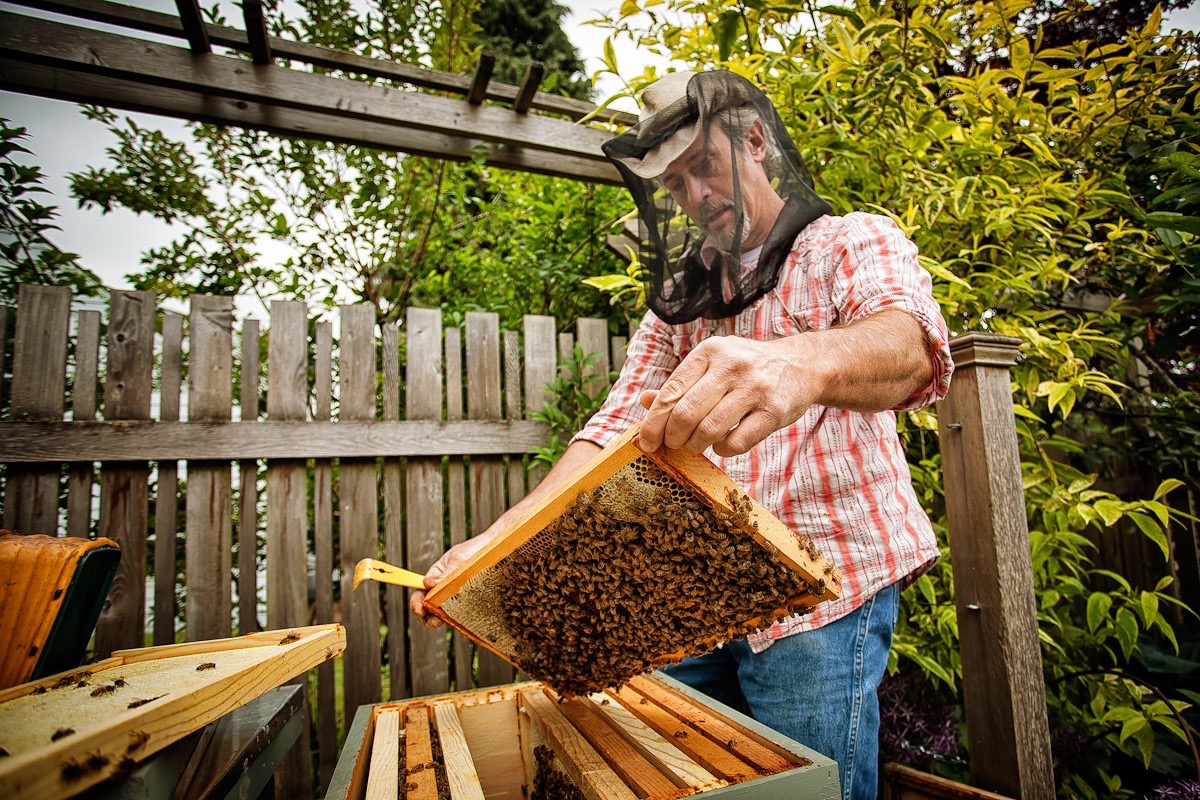
(Photo: Seattle Tilth)
Corky’s love for beekeeping began in college when a German roommate started a couple of hives in their backyard. While working as a designer and contractor building homes in Seattle, he started raising bees in Ballard. City ordinance only allows up to four hives on lots less than 10,000 feet. So Corky began recruiting others to host hives. He manages them; the homeowner gets a dividend of honey and the knowledge that they’re helping our local ecosystem. The hive takes up little space, but its impact is large. Corky combats disease-and-mites by using integrated pest management principles and avoids harsh pesticides, such as acaricides, in his efforts to keep the hives healthy and happy. The city, surprisingly, turns out to be a great place to produce honey since urban trees and gardens tend to be free of industrial agricultural pesticides. With a surplus of fantastic honey, Corky bottled it and began to sell it through a few local stores in 2010.
Renee Erickson, chef of Ballard’s The Walrus and The Carpenter and Fremont’s The Whale Wins, has Corky manage hives for her restaurants. Corky’s cult status in the beekeeping world has also allowed him to partner with Seattle Tilth to teach classes on building and maintaining healthy hives.
At Macrina, I’ve always tried to carry a few locally produced items that complement our breads—it’s hard to find anything more local than Ballard Bee Company’s honey. The flavor is delicate and floral, with just a hint of lemon in the aftertaste. With Seattle’s explosion of urban farming, there are plenty of flowering trees, flowers, and gardens. Plus all those wild blackberries. So the bees do their important work, Corky’s careful attention keeps their hives healthy and we get to offer this beautiful honey. Everybody wins!
Leslie

